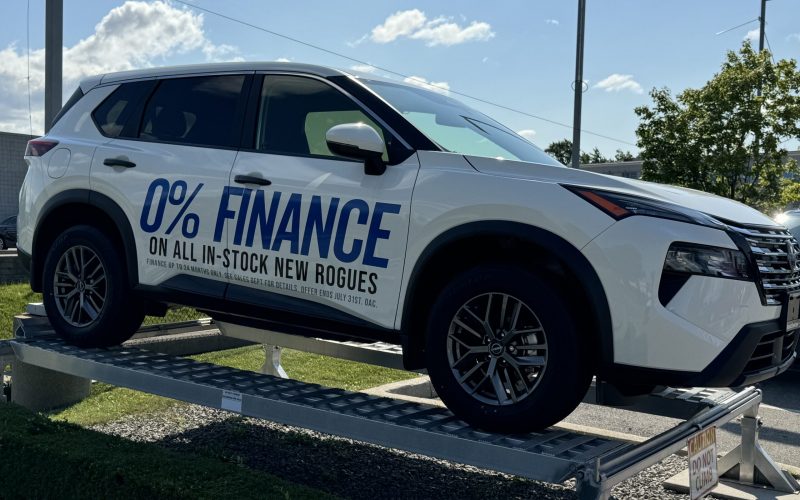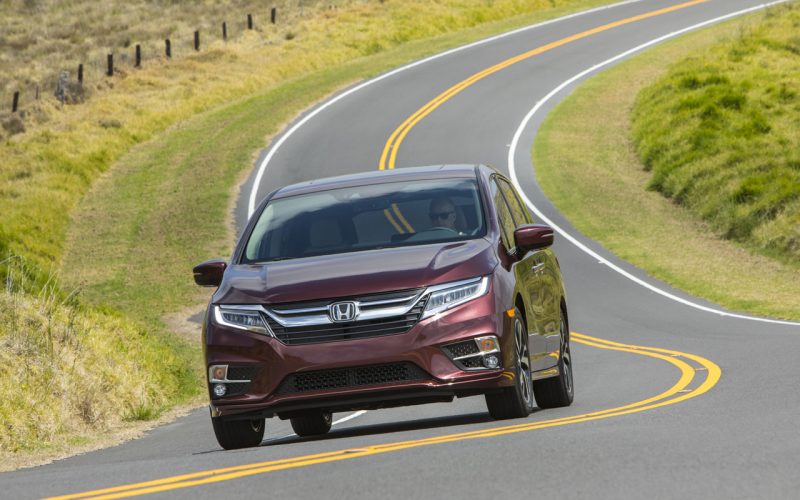
Reading Time: 3 minutesWe’ve previously discovered that the monthly payments for a 48-month lease and an 84-month loan are

Reading Time: 3 minutesIn case you missed it, the 2018 Fit, 2018 Accord, and 2018 Odyssey received Residual Value
© 2025 The Car Magazine. All Rights Reserved, Privacy Policy | Terms of Use